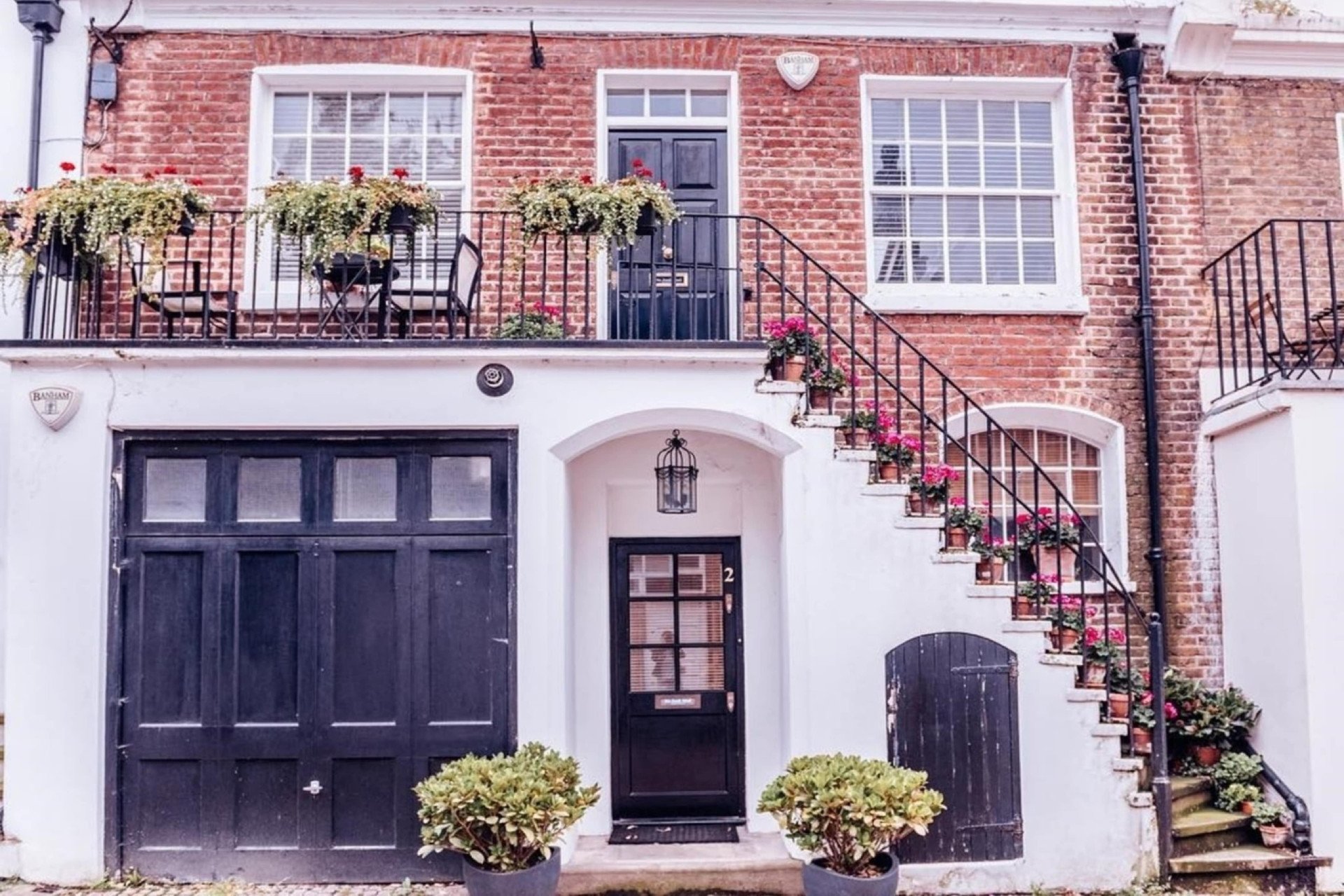Boundary Dispute Protocol Overview
When a dispute arises between the owners and/or occupiers of either residential or commercial neighbouring properties as to the position of the adjoining boundary line, it is good practice to implement the Protocol.
Make an appointment
"*" indicates required fields

When a dispute arises between the owners and/or occupiers of either residential or commercial neighbouring properties as to the position of the adjoining boundary line, it is good practice to implement the Protocol for Disputes between Neighbours about the Location of their Boundary (“The Boundary Protocol”). The Boundary Protocol is one of three property protocols that has been drafted by a coalition of specialist litigation lawyers and a chartered surveyor. Find out more about these specialists here.
When embarking on a boundary dispute, parties ought to be mindful that the costs involved can often be disproportionate to the area of land in dispute. Whilst the Boundary Protocol is not an adopted pre-action protocol under the Civil Procedure Rules, it can be an extremely useful tool in resolving boundary disputes and/or at least narrowing the issues in dispute in respect thereof in an effort to minimise such costs.
One of the key provisions of the Boundary Protocol can be found at paragraph 1.5 thereof which provides as follows:-
“If there is a dispute about the location of the boundary, or there is reason to believe that there might be one, neither party should interfere with any physical feature which might be a boundary feature, or with any land (or anything on the land) which the other party claims to be theirs, until after the dispute has been resolved.”
Not only is this intended to preserve boundary features which may provide crucial reference points but also to avoid unnecessarily exacerbating the relationship between the parties, increasing costs unnecessarily.
Understanding the sequence of steps to follow and when
By reference from the date the parties agree to adopt the Boundary Protocol it sets out a sequence of steps and deadlines that the parties should follow to facilitate the exchange of documents and information to assist the parties in disposing of the dispute by agreement.
The stages of the Boundary Protocol deal with the following:-
Exchanging information as includes:-
- Providing the other party the official copy title register to their property within 2 weeks;
- Establishing whether there is a determined boundary or boundary agreement;
- Providing copies of historical conveyances and/or photographs of boundary features etc. within 4 weeks;
- Informing the other party if they consider they may have an adverse possession claim which will render further investigation of the paper title redundant and provide:-
- A description or plan of the area which that party claims is or has been in in their possession;
- The period during which it is claimed that the land has been in the possession of the party or their predecessor, and whether the claim falls under the old or new regime;
- The basis on which the claim is advanced.
- If a party wishes to oppose a historic boundary agreement or adverse possession claim they must explain their grounds of objection within 6 weeks;
- Within 7 weeks the parties should seek to identify the First Conveyance under which title to the subject properties were separated.
Appointing professional advisers / negotiation:-
- If a boundary dispute involves a claim for adverse possession it is prudent to seek legal advice as soon as possible;
- If the parties have been unable to resolve the matter following the exchange of documentation and direct discussions they should give consideration to negotiation or mediation within 8 weeks (as should be reviewed continuously).
Investigating the paper title:-
- The parties must exchange the evidence they can collate about the physical features which existed on the ground at the date when the First Conveyance occurred including photographs and details of witnesses of fact;
- Instruct an expert to prepare a CPR Part 35 compliant report demarcating the boundary line shown on the First Conveyance by reference to the existing boundary features.
Advancing adverse possession claims:-
- Within 14 weeks of adopting the Boundary Protocol any party asserting adverse possession should provide all relevant documentary evidence and information about the witnesses of fact on which they intend to rely.
Engaging in dispute resolution:-
- After a further 2 weeks a site visit should be undertaken between the parties and their experts and legal representatives to engage in without prejudice save as to costs discussions;
- If an agreement in principle cannot be reached the parties should consider engaging in some form of alternative dispute resolution such as mediation, arbitration or expert determination;
- As a matter of last resort the bringing of a claim before the court or tribunal may be necessary.
Recording agreement:-
- It is useful to record any agreement reached by reference to the existing boundary features using a plan, boundary agreement and/or application for exact determination of the boundary by consent.
The Boundary Protocol is accompanied by: Guidance Notes which, inter alia, expand upon keys principles referred to in the Boundary Protocol such as the old and new regimes of adverse possession; and a Supplementary Guidance Note as summarises the process of surveyor instruction and involvement under the Boundary Protocol.
Accessing help for boundary disputes
Our specialist property litigation solicitors can assist you in navigating the Boundary Protocol and resolving boundary disputes.
Book your Initial Consultation
0800 987 8156Request a Call Back
"*" indicates required fields

